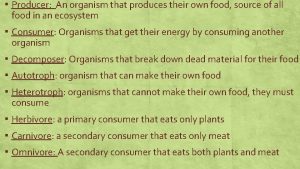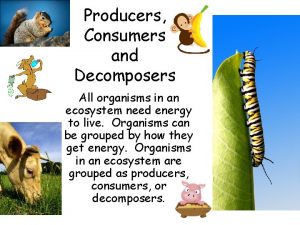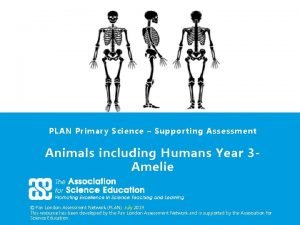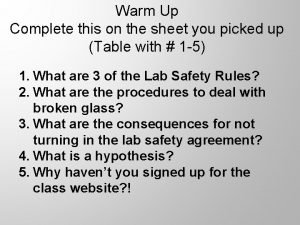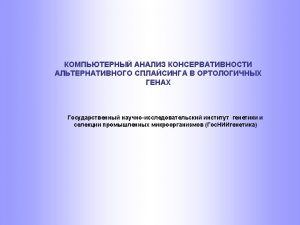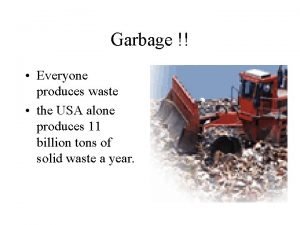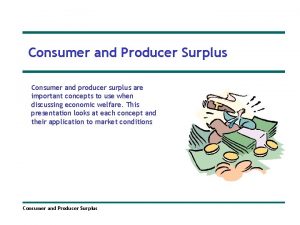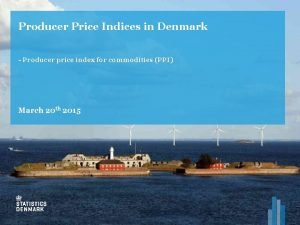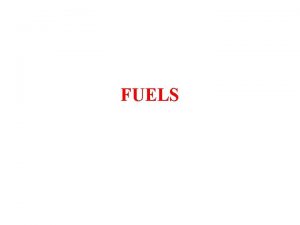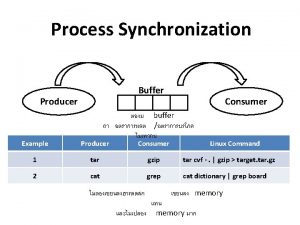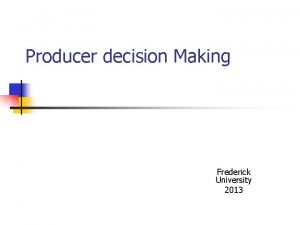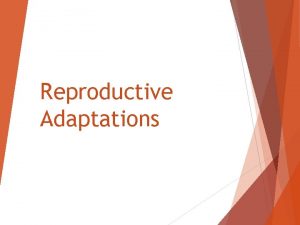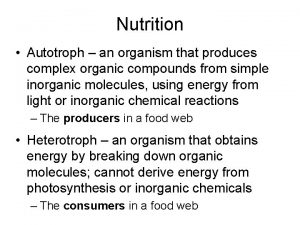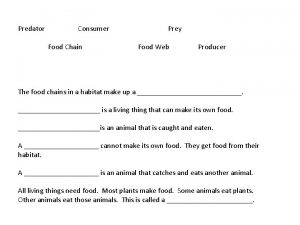Producer An organism that produces their own food
















- Slides: 16

▪ Producer: An organism that produces their own food, source of all food in an ecosystem ▪ Consumer: Organisms that get their energy by consuming another organism ▪ Decomposer: Organisms that break down dead material for their food ▪ Autotroph: organism that can make their own food ▪ Heterotroph: organisms that cannot make their own food, they must consume ▪ Herbivore: a primary consumer that eats only plants ▪ Carnivore: a secondary consumer that eats only meat ▪ Omnivore: A secondary consumer that eats both plants and meat

Trophic Levels ▪ Each level of organisms in an ecosystem is called a trophic level Tertiary Consumers Secondary Consumers Primary Consumers Producers

support fewer organisms than the one below. Ava ilab ▪ Each level will le Energy Pyramids – show energy flows in an ecosystem

Producers ▪ Producers (which are green plants and autotrophs) ▪ Producers make their own food by using photosynthesis. ▪ Producers are the source of all the food in an ecosystem ▪ Examples: plants, phytoplankton

Primary Consumers ▪ Primary Consumers (heterotrophs) ▪ They depend on producers for food and energy Producers

Primary Consumers ▪ Primary Consumers that only eat plants are herbivores ▪ Examples: grasshoppers, rabbits, zooplankton Producers

Secondary Consumers Secondary consumers can be carnivores and omnivores Carnivores (eat meat/ other consumers) ▪ Examples: snakes, foxes, jellyfish, predatory birds Secondary Consumers Primary Consumers Producers

Secondary Consumers Omnivores (eat both plants and meat) ▪ Examples: humans, lions, bears, sharks, whales Primary Consumers Producers

Tertiary Consumers & Quaternary Consumers ▪ Some ecosystems have “top” predators that reach tertiary and quaternary levels. These organisms are at the top of the food chain.

Scavenger A scavenger is a carnivore that feeds on the bodies of dead organisms ▪ Examples: hyenas, buzzards, flies, snails

Decomposers ▪ Organisms that break down wastes and dead organisms and return the raw materials to the environment are called decomposers.

https: //www. youtube. com/watch? v=0 glk. XIj 1 Dg. E

ENERGY Flow ▪ Food Chain: shows ONE possible path for the flow of energy ▪ Producers are always first Organism that is eating Organism that is eaten

Energy Flow ▪ Food Web: Many overlapping food chains in an ecosystem.

Third Trophic Level When an organisms eats, it obtains energy. This energy is used to move, grow, reproduce, etc. This means that only some of the energy will be available for the next organism in the food web.

10% Rule Starting from producers and working up the pyramid, only 10% of energy is available at each trophic level. Because of this, most food webs only have 3 or 4 trophic levels. . 1% 1% 100%
 An organism that produces its own food
An organism that produces its own food Consumer or decomposer
Consumer or decomposer Yellowstone food web answer key
Yellowstone food web answer key Animals can make their own food
Animals can make their own food Animals can make their own food
Animals can make their own food Green plants make their own food by photosynthesis
Green plants make their own food by photosynthesis Green plants make their own food by photosynthesis
Green plants make their own food by photosynthesis Organisms that make their own food
Organisms that make their own food Ngoại tâm thu thất chùm đôi
Ngoại tâm thu thất chùm đôi Block xoang nhĩ là gì
Block xoang nhĩ là gì Thể thơ truyền thống
Thể thơ truyền thống Thơ thất ngôn tứ tuyệt đường luật
Thơ thất ngôn tứ tuyệt đường luật Chiến lược kinh doanh quốc tế của walmart
Chiến lược kinh doanh quốc tế của walmart Tìm độ lớn thật của tam giác abc
Tìm độ lớn thật của tam giác abc Hãy nói thật ít để làm được nhiều
Hãy nói thật ít để làm được nhiều Tôn thất thuyết là ai
Tôn thất thuyết là ai Gây tê cơ vuông thắt lưng
Gây tê cơ vuông thắt lưng
